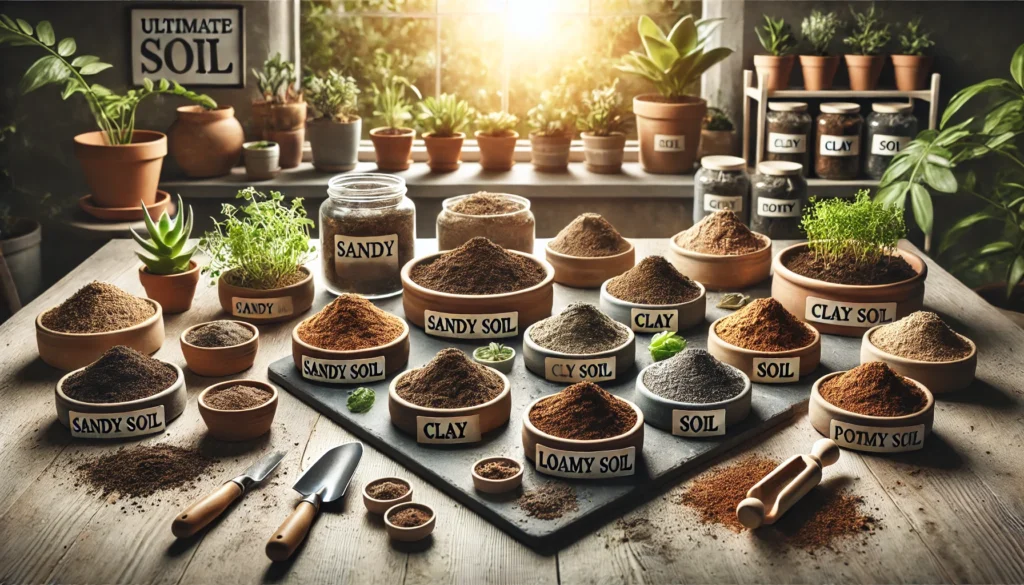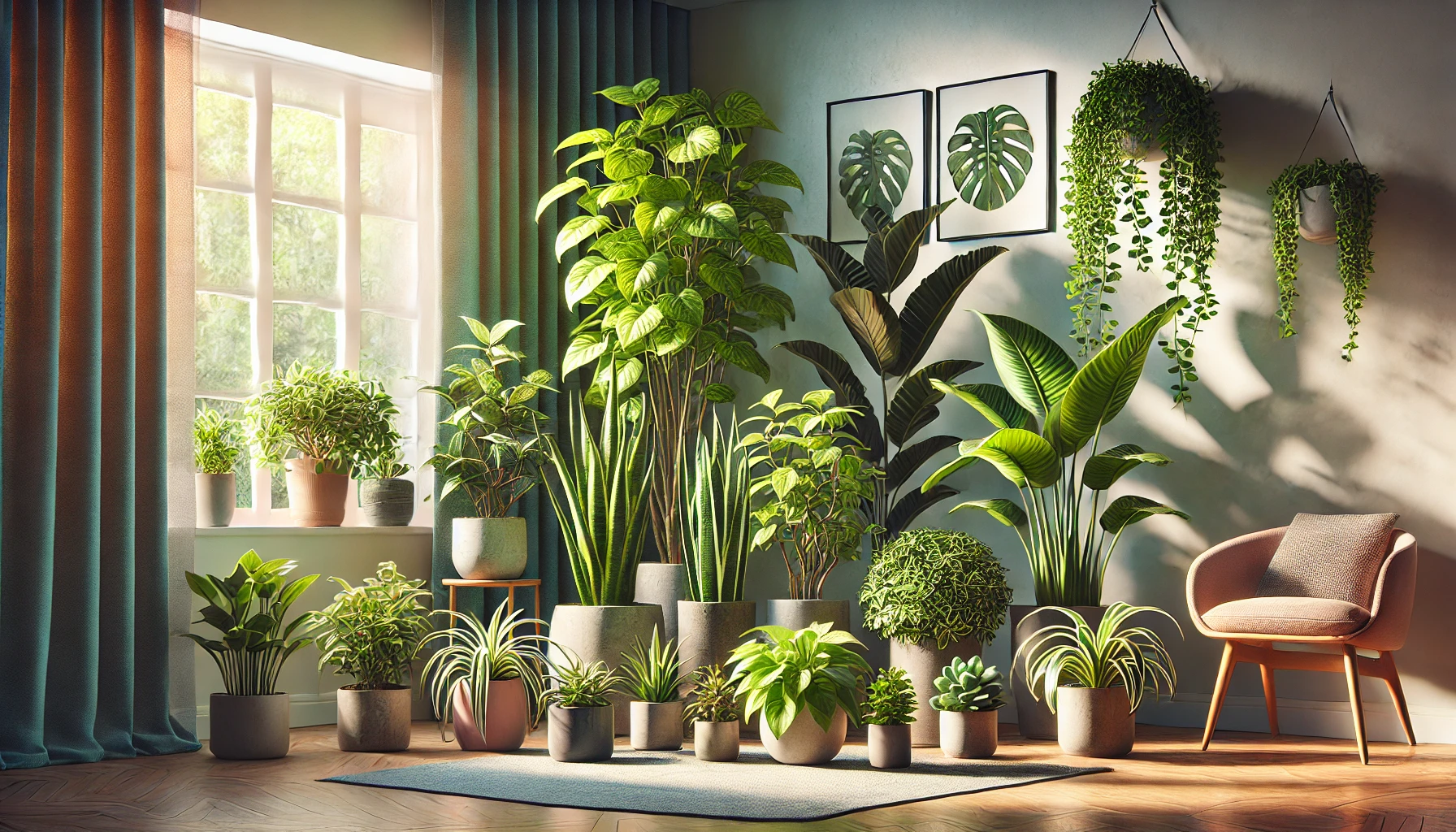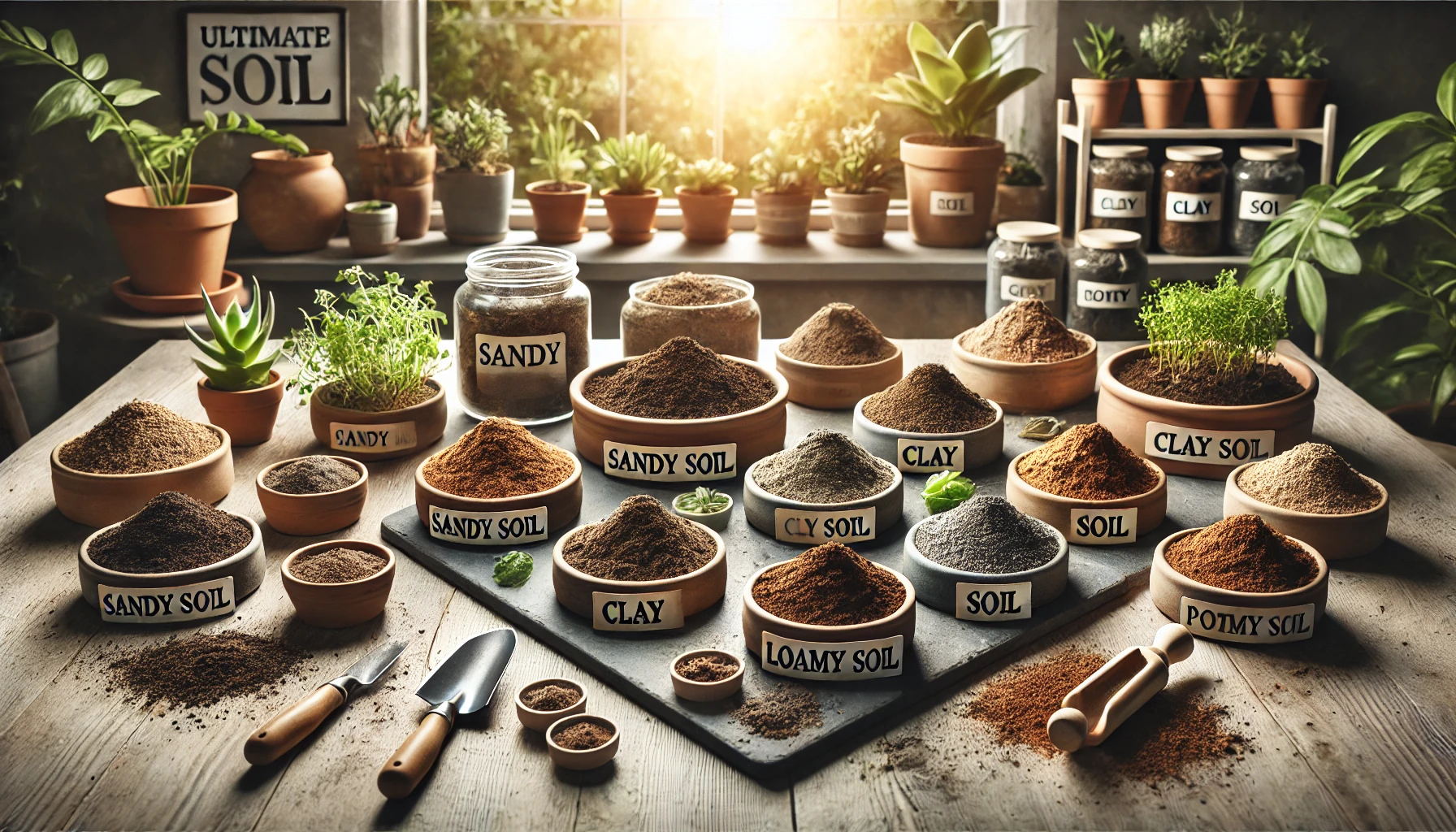When it comes to successful gardening, one of the most critical factors to consider is the type of soil you use. The right soil provides your plants with the nutrients, support, and moisture they need to thrive, while the wrong soil can lead to stunted growth and poor health. In this comprehensive guide, we will explore the various types of soil, their characteristics, and how to choose the perfect soil for your specific plants and gardening goals.
Understanding Soil Basics
Before diving into the intricacies of soil selection, it’s essential to understand the fundamental components of soil. Soil is typically composed of four primary elements:
1.Mineral Particles: These are the inorganic components of soil, such as sand, silt, and clay. The proportions of these particles in a soil mix determine its texture.
2.Organic Matter: This includes decaying plant material, microorganisms, and other organic substances. Organic matter enhances soil structure, water-holding capacity, and nutrient availability.
3.Water: Soil acts as a reservoir for water, providing moisture to plant roots. The ability of soil to hold water depends on its texture and organic matter content.
4.Air: Healthy soil contains air spaces, which are crucial for root respiration and the exchange of gases between roots and the atmosphere.
Now, let’s delve into the different soil types and how to choose the right one for your plants.
Types of Soil
There are several types of soil, each with its unique characteristics. Understanding these soil types is essential for selecting the right one for your garden. The main soil types are:
1.Clay Soil: Clay soil has tiny particles that pack tightly together, making it heavy and slow-draining. While it can hold nutrients well, it tends to become waterlogged and compacted. Clay soil is suitable for plants that tolerate wet conditions, such as certain types of vegetables and ornamental plants.
2.Sandy Soil: Sandy soil consists of larger, loose particles that drain quickly and don’t retain moisture or nutrients very well. It’s ideal for plants that prefer dry conditions, like succulents and cacti. However, you may need to amend sandy soil with organic matter to improve its water-holding capacity.
3.Silt Soil: Silt soil has intermediate-sized particles and offers good water retention while still allowing for adequate drainage. It’s often considered ideal for a wide range of plants, including vegetables, flowers, and shrubs.
4.Loam Soil: Loam is often referred to as the “holy grail” of soils because it’s a balanced mixture of sand, silt, and clay. It has excellent water-holding capacity, good drainage, and provides essential nutrients to plants. Many plants thrive in loam soil, making it a popular choice for gardeners.
5.Peat Soil: Peat soil is rich in organic matter, making it highly fertile. However, it can be acidic and compacted. It’s often used in potting mixes and for acid-loving plants like blueberries and azaleas.
6.Chalky Soil: Chalky or alkaline soil contains high levels of calcium carbonate. It tends to be stony and free-draining, making it suitable for plants that prefer alkaline conditions, such as lavender and lilacs.
Assessing Your Garden’s Soil
Before choosing soil for your plants, it’s essential to assess the soil already present in your garden. You can perform a simple soil test to determine its texture and pH level:
1.Texture Test: Take a handful of moist soil from your garden and squeeze it. If it forms a tight ball that doesn’t crumble when you poke it, it’s likely clay soil. If it falls apart easily, it’s sandy. If it holds together but crumbles when you poke it, it’s probably loam or silt.
2.pH Test: You can purchase a pH testing kit from a garden center or use a digital pH meter to measure the pH of your soil. Most plants prefer a slightly acidic to neutral pH (around 6 to 7), but some, like blueberries, thrive in more acidic conditions.
Knowing your soil’s texture and pH will help you make informed decisions about soil amendments and plant selection.
Choosing the Right Soil for Your Plants
Once you’ve assessed your garden’s soil, you can select the appropriate soil type or amend the existing soil to suit your plants’ needs:
1.Amending Soil: If your existing soil isn’t ideal, you can improve it by adding organic matter like compost, well-rotted manure, or peat moss. This will enhance nutrient content, water retention, and soil structure.
2.Container Gardening: For container gardening, use a high-quality potting mix specifically designed for the types of plants you’re growing. These mixes are typically well-draining and provide essential nutrients.
3.Raised Beds: If your garden soil is unsuitable for your plants, consider creating raised beds. This allows you to fill them with a customized soil mix that meets your plant’s needs.
4.Native Plants: When possible, choose plants native to your region. They are more likely to thrive in your soil’s natural conditions, reducing the need for soil amendments.
5.Soilless Mixes: Some plants, like orchids and certain hydroponic systems, thrive in soilless growing media composed of materials like perlite, vermiculite, and coconut coir.
6.Mulching: Applying a layer of mulch on top of the soil helps regulate soil temperature, conserve moisture, and reduce weed growth. Organic mulches, such as wood chips or straw, also contribute to soil improvement over time.
Special Considerations
While soil type is a primary consideration, there are other factors to keep in mind when choosing soil for your plants:
1.Nutrient Content: Different plants have varying nutrient requirements. Some may need additional fertilization, while others prefer low-nutrient soils. Soil testing can help you determine your soil’s nutrient content.
2.Drainage: Proper drainage is essential to prevent root rot and other water-related issues. Make sure your soil allows excess water to drain away from the root zone.
3.Microorganisms: Healthy soil is teeming with beneficial microorganisms that aid in nutrient cycling and disease prevention. Avoid overusing chemical pesticides and fertilizers that can harm these vital soil organisms.
4.Companion Planting: Consider planting companion plants that complement each other’s soil requirements and help deter pests. For example, marigolds can repel certain insects and improve soil quality.
5.Climate: Your local climate can impact soil conditions. Be mindful of your region’s rainfall, temperature, and seasonal variations when selecting plants and soil.
Conclusion
Selecting the right soil for your plants is a foundational step toward successful gardening. Whether you’re working with existing garden soil, container gardening, or creating raised beds, understanding your soil’s texture, pH, and the needs of your plants is key. By choosing the appropriate soil type or amending your existing soil, you’ll provide your plants with the best possible growing conditions, leading to healthier, more vibrant, and more productive gardens. Gardening is a rewarding pursuit, and with the right soil, you’ll be well on your way to cultivating a thriving and beautiful outdoor space.


